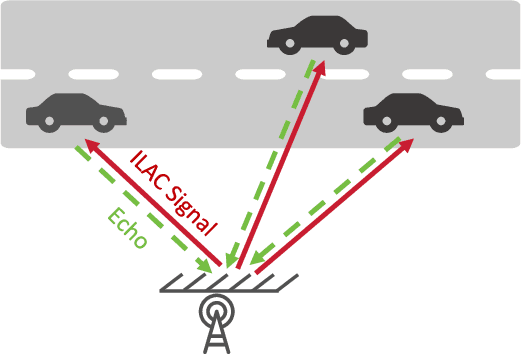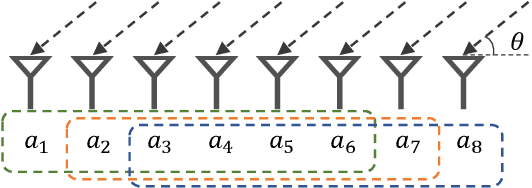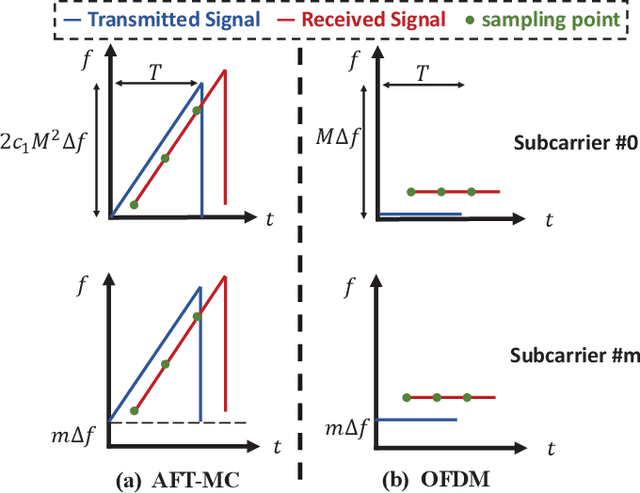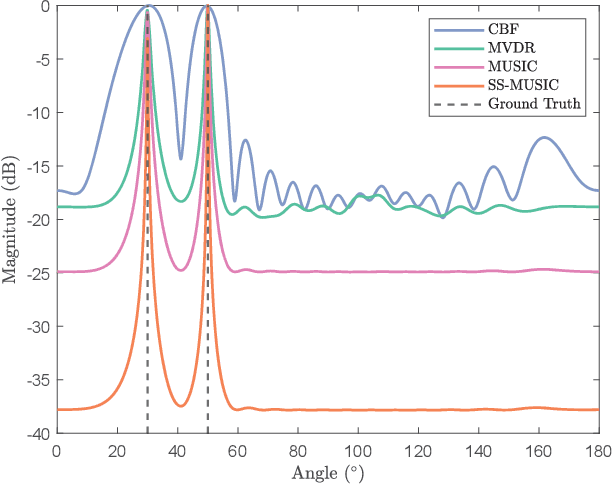Xianjie Lu
High-Precision Positioning with Continuous Delay and Doppler Shift using AFT-MC Waveforms
May 01, 2024



Abstract:This paper explores a novel integrated localization and communication (ILAC) system using the affine Fourier transform multicarrier (AFT-MC) waveform. Specifically, we consider a multiple-input multiple-output (MIMO) AFT-MC system with ILAC and derive a continuous delay and Doppler shift channel matrix model. Based on the derived signal model, we develop a two-step algorithm with low complexity for estimating channel parameters. Furthermore, we derive the Cram\'er-Rao lower bound (CRLB) of location estimation as the fundamental limit of localization. Finally, we provide some insights about the AFT-MC parameters by explaining the impact of the parameters on localization performance. Simulation results demonstrate that the AFT-MC waveform is able to provide significant localization performance improvement compared to orthogonal frequency division multiplexing (OFDM) while achieving the CRLB of location estimation.
Digital Self-Interference Cancellation With Robust Multi-layered Total Least Mean Squares Adaptive Filters
Aug 06, 2023



Abstract:In simultaneous transmit and receive (STAR) wireless communications, digital self-interference (SI) cancellation is required before estimating the remote transmission (RT) channel. Considering the inherent connection between SI channel reconstruction and RT channel estimation, we propose a multi-layered M-estimate total least mean squares (m-MTLS) joint estimator to estimate both channels. In each layer, our proposed m-MTLS estimator first employs an M-estimate total least mean squares (MTLS) algorithm to eliminate residual SI from the received signal and give a new estimation of the RT channel. Then, it gives the final RT channel estimation based on the weighted sum of the estimation values obtained from each layer. Compared to traditional minimum mean square error (MMSE) estimator and single-layered MTLS estimator, it demonstrates that the m-MTLS estimator has better performance of normalized mean squared difference (NMSD). Besides, the simulation results also show the robustness of m-MTLS estimator even in scenarios where the local reference signal is contaminated with noise, and the received signal is impacted by strong impulse noise.
 Add to Chrome
Add to Chrome Add to Firefox
Add to Firefox Add to Edge
Add to Edge